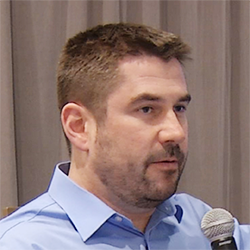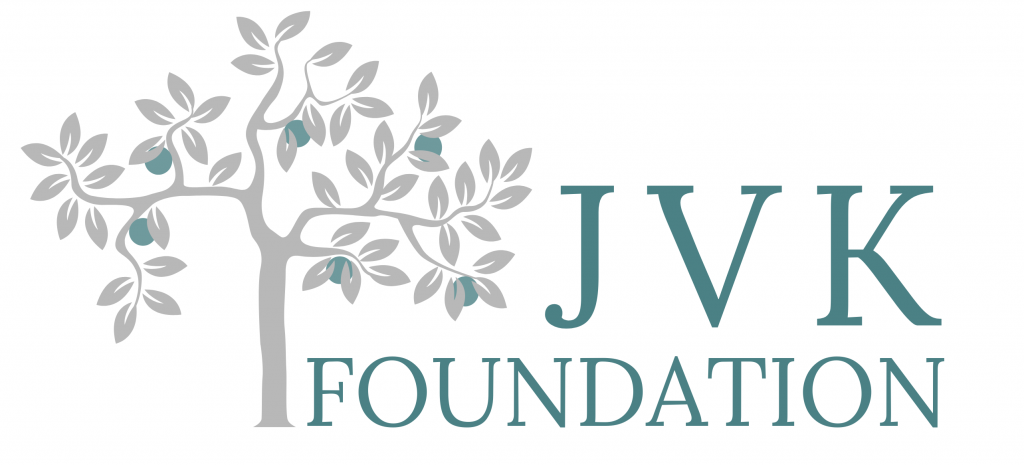Home » Dysautonomias » Pediatric Dysautonomias Presented by Dr. David S. Goldstein
Pediatric Dysautonomias Presented by Dr. David S. Goldstein
Video Transcript
We are going to be talking about just selected kind of representative conditions, dysautonomias, in the dysautonomias universe. Remember there’s pediatric, adult and geriatric. We are going to look at pediatric just very briefly. There’s a whole bunch of genetic causes of pediatric dysautonomia. It’s a central hypoventilation syndrome that’s associated with incomplete development of the autonomic nervous system
In considering the pediatric dysautonomias, in the dysautonomias universe, often you’re dealing with rare conditions where there’s a very substantial genetic load. For instance, congenital central hypoventilation syndrome, sometimes referred to as Ondine’s Curse, or Menkes disease or DOPA decarboxylase deficiency or familial dysautonomia. When it comes to POTS, POTS often begins when the patient, typically a young woman, is an adolescent. So, it’s in between the pediatric and adult parts of the dysautonomias universe.
Of course, POTS, chronic fatigue, syncope and so forth this is a quite common dysautonomia that can come on in pediatric or adolescent years. I’ll talk a little bit about familial dysautonomia because this was dysautonomia years ago. It’s a rare disease essentially exclusively in people of Ashkenazic-European background. FD is associated with afferent baroreflex failure, that means the brain is not appreciating, let’s say, the afferent information from the stretch receptors such as in the carotid sinus area. And it turns out that FD involves all sorts of afferent problems and you can have burns, corneal lesions, Charcot joints – which means misshapen joints especially of the knees from repeated trauma, fractures the person didn’t realize, didn’t sense the pain. So, there’s a lot of afferent baroreflex problems in FD but they also have neurogenic orthostatic hypotension that can’t be explained by a baroreflex problem alone. This is a diagram showing how this might work, there’s an afferent problem if you were to stimulate the periventricular nucleus you would still have vasopressin response. Yeah, but because of afferent problem you don’t see that. CCHS, Congenital Central Hypoventilation Syndrome. These are kids who also have kind of an afferent problem and that they can’t sense when they are hypoxic and that’s really bad and a lot of lethality associated with that, but if it’s picked up early enough then by kind of forcing oxygenation different sort of pacer kind of thing applied to the diaphragm, something like that, these kids can survive to adulthood and if they’re picked up early enough they don’t have hypoxic brain damage which is irreversible.
Visit our Education Center for Autonomic Disorders for additional video resources for patients and providers.

Wolfgang Singer, MD
Associate Professor of Neurology
Mayo Clinic Rochester, MN































